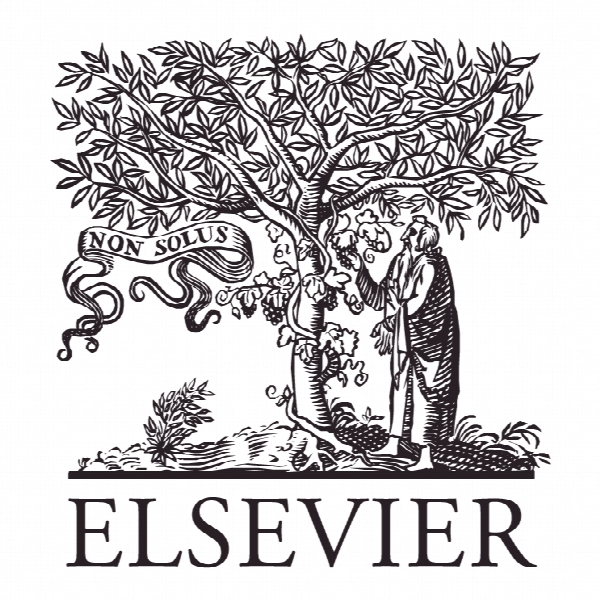ارزش گذاری ضایعات میوه و سبزیجات از بازارهای باز برای تولید 2،3-بوتان دیول Title: Valorisation of fruit and vegetable waste from open markets for the production of 2,3-butanediol
- نوع فایل : کتاب
- زبان : انگلیسی
- ناشر : Elsevier
- چاپ و سال / کشور: 2017
توضیحات
رشته های مرتبط صنایع غذایی، مهندسی کشاورزی
مجله پردازش زیست محصولات و غذا – Food and Bioproducts Processing
دانشگاه Department of Food Science and Human Nutrition, Agricultural University of Athens, Greece
نشریه نشریه الزویر
مجله پردازش زیست محصولات و غذا – Food and Bioproducts Processing
دانشگاه Department of Food Science and Human Nutrition, Agricultural University of Athens, Greece
نشریه نشریه الزویر
Description
1. Introduction In 2014, the worldwide primary production of fresh fruit and vegetables was around 35 million t and 289.8 million t, respectively (Anonymous 2017). In the last five years, Asia holds the major fresh fruit (73.3 %) and vegetable (86.3 %) world production share. In 2014, fresh fruit production in Europe was around 512,000 t, while fresh vegetable production was around 11 million t (Anonymous, 2017). The waste produced during the whole value chain of fruits and vegetables in Europe are distributed in agricultural production (20%), postharvest handling and storage (5%), processing and packaging (2%), distribution (10% for fresh fruits and 2% for processed fruits) and consumption (19% for fresh fruits and 15% for processed fruits) (Gustavsson et al., 2013). In UK households, 25.8% of vegetables, 4.4 % of salads and 16.4 % of fruit are disposed as waste (Ventour, 2008). Open markets generate significant quantities of fruit and vegetable waste, but limited information is available regarding the quantities discarded. The high quantities of wastes produced by the fruit and vegetable value chains necessitate the development of biorefinery concepts for the valorization of nonpreventable wastes. Food supply chain waste can be exploited for biorefinery development including the production of bio-based chemicals and polymers (Lin et al., 2014; Koutinas and Kookos, 2016). Fruit and vegetable wastes contain various free sugars and polysaccharides that can be used as carbon sources for bacterial fermentation. Fruits are rich in glucose, fructose and sucrose that are readily available as a carbon source for microbial bioconversion. Vegetables require a pretreatment step in order to hydrolyse the cellulose and hemicellulose fractions into C5 and C6 sugars. Chandel et al. (2012) reported various dilute acid pretreatment approaches for the hydrolysis of hemicellulose from various agricultural residues and industrial side streams. The low lignin content of vegetable wastes simplifies the hydrolysis of hemicelluloses and cellulose. Dilute acid hydrolysis has been used for the recovery of sugars from artichoke residues reaching sugar recovery in the liquid fraction of 35.24% (w/w) (del Campo et al., 2006). After the extraction of essential oils and pectin, orange peels were subjected to combined dilute acid pretreatment and enzyme hydrolysis that led to the production of succinic acid with a yield of 0.77 g succinic acid per g consumed total sugars (Patsalou et al., 2017). Weak acids, furan derivatives and phenolic compounds that are toxic to many microorganisms are generated during acid hydrolysis of lignocellulosic biomass (Palmqvist and Hahn-Hagerdal, 2000). Fruits and vegetables are also rich in various valueadded components (e.g. bioactive compounds such as polyphenols, pectins) which could be extracted prior to fermentation of the carbohydrate fraction leading to the development of integrated biorefinery concepts (Burniol-Figols et al., 2016; Patsalou et al., 2017). The production of bio-based 2,3-butanediol (BDO) via fermentation using various renewable resources could lead to the production of an important platform chemical that can be employed for the development of sustainable chemical production, such as 1,3-butadiene and methyl ethyl ketone, or in the production of various end products, such as printing inks, perfumes and fumigants, moistening and softening agent, plasticizers, explosives and food additives (Zheng and Sabra, 2011; Kim et al., 2016). Various bacterial strains, such as Klebsiella oxytoca, Klebsiella pneumoniae, Serratia marcescens, Enterobacter aerogenes and Bacillus polymyxa (Celinska and Grajek, 2009, Ji et al., 2011), are able to produce BDO in high fermentation efficiency. Monosaccharide degradation can occur through glycolysis and pentose phosphate pathway depending on the substrate. The key intermediate for BDO and various organic acid production is pyruvate. Pyruvate is initially converted into α-acetolactate through α-acetolactate synthase, which is subsequently converted either directly into acetoin by α-acetolactate decarboxylase or firstly to diacetyl that is subsequently converted into acetoin. The most important pathway for BDO production is the transformation of acetoin into BDO that is catalyzed by acetoin reductase and has a reversible shunt that can result in extracellular production of BDO or acetoin, usually observed in fermentations when reductive energy is required. There are three different BDO stereoisomers that can be produced via microbial fermentation, namely L-(+)-BDO form (2S,3S-BDO), D-(−)-BDO form (2R,3RBDO) and meso-BDO form. The mixture of isomers produced and their ratio is dependent mainly on the microbial strain. For instance, Klebsiella oxytoca produces the meso-BDO and L-(+)-BDO stereoisomers with the meso form being the main product, while Paenibacillus polymyxa produces mainly the D-(−)-BDO isomer (Ji et al., 2011).


